Home>Furniture>Outdoor Furniture>How To Deter Bees From A Patio
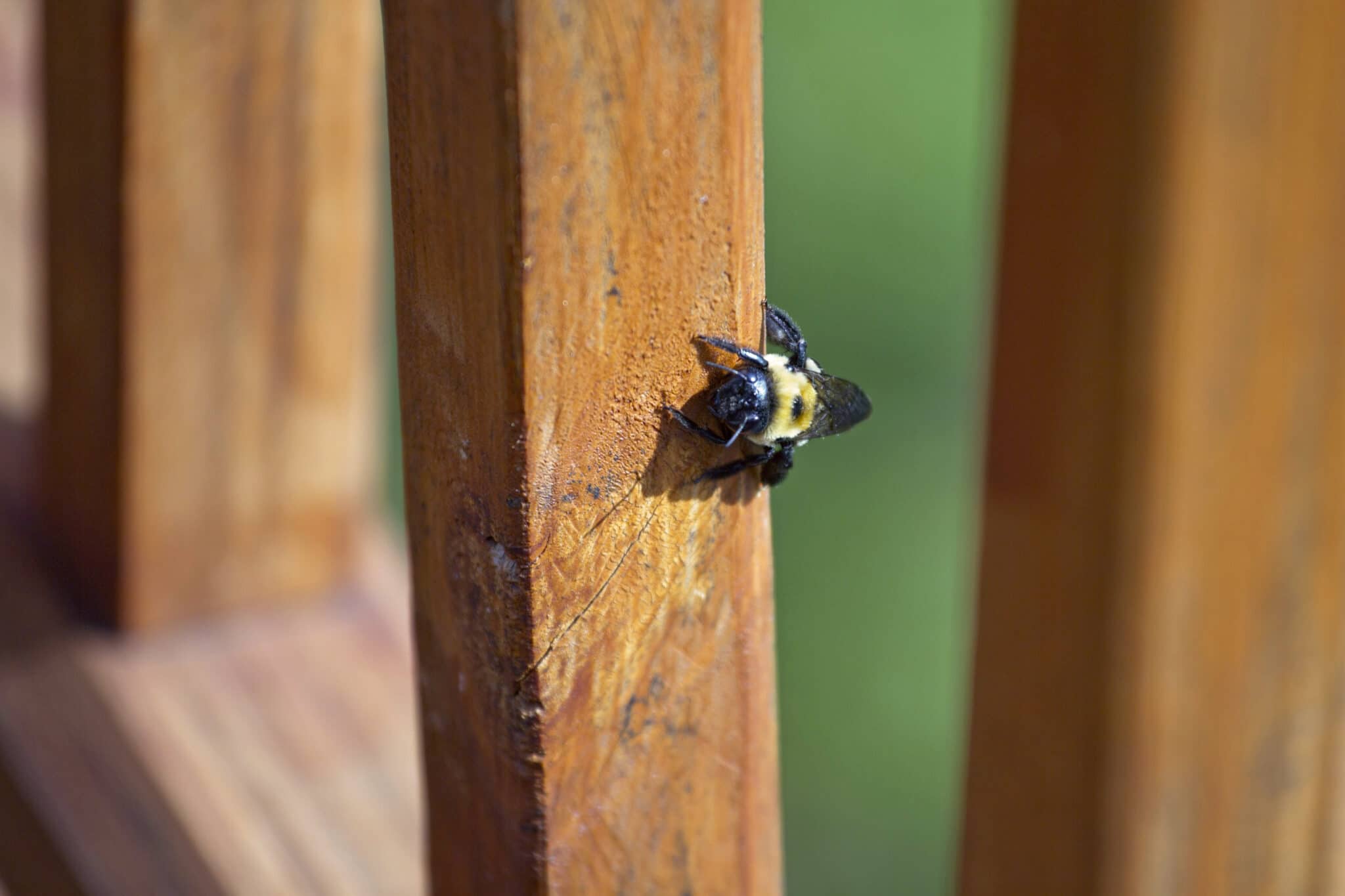

Outdoor Furniture
How To Deter Bees From A Patio
Modified: October 20, 2024
Discover effective ways to deter bees from your patio and enjoy outdoor furniture without any interruptions. Implement simple strategies to create a bee-free environment for a peaceful outdoor experience.
(Many of the links in this article redirect to a specific reviewed product. Your purchase of these products through affiliate links helps to generate commission for Storables.com, at no extra cost. Learn more)
Introduction
Welcome to our guide on how to deter bees from a patio. While bees play a crucial role in pollination and the ecosystem, they can sometimes become a nuisance when they are buzzing around your outdoor space, particularly if you or your family members are allergic to bee stings. By employing some simple and natural methods, you can create a bee-free zone on your patio without harming these important pollinators.
Understanding bees and their behavior is the key to successfully deterring them from your patio. Bees are attracted to bright colors, strong floral scents, and sweet food and drink items. They are also driven by the need to establish and protect their hives, which can lead them to explore new areas, including your patio.
In this article, we will explore the importance of deterring bees from your patio and provide you with practical and eco-friendly solutions to deal with this issue. These methods are designed to create a repellent environment for bees without causing harm to them or the environment. Let’s dive in and learn how to keep bees away from your outdoor space!
Key Takeaways:
- Create a bee-free patio by using natural methods like planting bee-repellent herbs, cleaning up spills, and sealing cracks. Respect bees while enjoying a peaceful outdoor space.
- Deter bees from your patio with citronella candles, reflective objects, and fake nests. Balance bee deterrence with preserving the environment and supporting pollinators.
Read more: How To Deter Wasps From A Patio
Understanding Bees
Before we discuss how to deter bees from your patio, it’s important to have a basic understanding of these fascinating creatures. Bees are flying insects closely related to wasps and ants, and they are known for their important role in pollination. They visit flowers to collect nectar and pollen, transferring pollen from one flower to another as they gather food.
Bees are essential for the reproduction of flowering plants and the production of fruits and seeds. They play a vital role in maintaining biodiversity and the balance of ecosystems. Without bees, many plants would have difficulty reproducing, resulting in a decline in food sources for animals and humans.
Bees are generally not aggressive and will only sting when they feel threatened or their hive is disturbed. It’s important to note that a bee sting can cause allergic reactions in some individuals, leading to severe symptoms. Understanding this behavior can help you approach bee deterrence with respect and care.
Now let’s explore why deterring bees from your patio may be necessary.
Importance of Deterring Bees from a Patio
While bees are crucial for the environment, there are instances when you may need to deter them from your patio. Here are a few reasons why you might want to keep bees away:
- Allergies: For individuals with bee sting allergies, having bees in close proximity can be a safety concern. Stings can cause severe allergic reactions, including anaphylaxis, which can be life-threatening. Creating a bee-free patio can provide peace of mind and reduce the risk of potentially dangerous encounters.
- Outdoor Activities: A bee-infested patio can hinder your ability to enjoy outdoor activities comfortably. Bees buzzing around can be distracting and cause unnecessary anxiety, making it challenging to relax or engage in conversations. By deterring bees, you can create a more enjoyable and stress-free patio experience.
- Food and Beverages: Bees are attracted to sweet and sugary substances, including food and drinks. Having bees constantly hovering around can make it difficult to enjoy outdoor meals or have drinks outside. Detering bees from your patio can help keep your meals bee-free and prevent potential encounters.
- Garden and Landscaping: If your patio is surrounded by a meticulously maintained garden or landscaping, bees can disrupt the beauty by constantly foraging on flowers and plants. Deterring bees can help preserve the aesthetic appeal of your outdoor space.
- Children and Pets: If you have young children or pets who frequent the patio, it’s important to create a safe environment for them. Stings from bees can be painful and potentially dangerous for little ones or animals. By keeping bees away, you can ensure the safety and well-being of your loved ones.
While it’s essential to remember the vital role that bees play in our ecosystem, finding a balance between their importance and your specific circumstances can be achieved by employing natural methods to deter them from your patio. In the next section, we will explore some eco-friendly and effective ways to create a bee-free zone outdoors.
Natural Methods to Deter Bees
When it comes to deterring bees from your patio, it’s important to use methods that are safe for both the bees and the environment. Here are some natural and effective ways to create a bee-free zone:
- Removing Attractive Plants and Flowers: Bees are attracted to colorful and fragrant flowers. Consider removing or relocating flowers that are particularly appealing to bees, especially those in close proximity to your patio. Opt for plants that are less attractive to bees, such as herbs or non-flowering plants.
- Using Bee-Repellent Herbs and Essential Oils: Certain herbs and essential oils have natural repellent properties that can deter bees. Planting bee-repellent herbs like mint, citronella, or basil around your patio can help keep bees away. Additionally, you can create a homemade bee-repellent spray by diluting essential oils of peppermint, eucalyptus, or lemongrass with water and spraying it around the patio.
- Creating a Barrier with Citronella Candles or Torches: Citronella is well-known for its ability to repel insects, including bees. Lighting citronella candles or torches around your patio can create a barrier that discourages bees from entering the area. The scent of citronella masks the floral scents that bees are attracted to.
- Placing Bee Traps or Fake Nests: Another method to deter bees is by placing bee traps or fake nests around your patio. Bee traps can be filled with a sugary solution, luring bees away from your desired area. Fake nests can trick bees into thinking the area is already occupied, discouraging them from establishing their own hive.
- Applying Vinegar or Garlic Mixtures: Bees are repelled by the strong smell of vinegar and garlic. Diluting vinegar or creating a garlic-water mixture and spraying it around your patio can help deter bees. However, it’s important to note that these mixtures should be used sparingly and not directly on plants, as they can harm them.
- Cleaning Up Food and Drink Spills: Bees are attracted to sweet food and drink spills. To deter them, make sure to clean up any spills promptly. Wipe down tables and patio surfaces regularly, removing any residue that might attract bees.
- Keeping Trash Cans and Recycling Bins Covered: Bees are attracted to the sweet scents emanating from trash cans and recycling bins. Ensure that these containers are tightly sealed and covered to prevent bees from accessing them.
- Sealing Cracks and Openings in Patio Structures: Bees may find their way into your patio through small openings or cracks. Inspect and seal any potential entry points, such as gaps in walls, doors, or windows. This will help prevent bees from accessing your outdoor space.
- Hang Reflective Objects or Decoys: Bees are deterred by reflective surfaces and may mistake them for predators. Hang shiny objects, such as CDs or aluminum foil, around your patio to create a visually confusing environment for the bees.
By implementing these natural methods, you can create a bee-free patio while still respecting the essential role that bees play in our ecosystem. Remember to choose the methods that work best for your specific circumstances and always prioritize the safety of both humans and bees. With these strategies in place, you can enjoy your outdoor space without the constant presence of buzzing bees.
Removing Attractive Plants and Flowers
One effective way to deter bees from your patio is by removing plants and flowers that are particularly attractive to them. Bees are naturally drawn to vibrant and fragrant flowers as they provide a rich source of nectar and pollen for their survival.
Start by identifying the plants and flowers in your patio area that tend to attract bees the most. These may include brightly colored flowers like sunflowers, lavender, and marigolds, as well as flowering herbs such as rosemary and thyme. While these plants are beautiful and beneficial for pollinators, they can also invite bees to your patio.
Consider relocating these bee-friendly plants further away from your patio or replacing them with alternatives that are less appealing to bees. Non-flowering plants and foliage, such as ferns or ornamental grasses, can still add greenery and visual appeal to your patio without attracting bees.
Additionally, you can opt for plants that have flowers with less vibrant colors. Bees are particularly attracted to blue, purple, and yellow flowers, so choosing plant varieties with white or lighter colored flowers can make your patio less enticing to them.
Remember to research the preferences of local bee species in your region to ensure that the plants you select are not beneficial to specific species that you want to support.
It’s important to note that removing all flowers and plants from your patio may not be necessary. Bees are an integral part of the ecosystem and play a vital role in pollination. Removing all sources of nectar and pollen can have a negative impact on local bee populations and the environment. Instead, focus on minimizing the attractiveness of your patio specifically to deter bees from congregating in that area.
By removing or relocating attractive plants and flowers, you can help reduce the bee presence on your patio. However, it’s important to remember that bees are beneficial insects, and creating a bee-friendly environment in other areas of your yard can help support their population and ensure the health of ecosystems.
Read more: How To Deter Rats From The Patio
Using Bee-Repellent Herbs and Essential Oils
Another natural method to deter bees from your patio is by utilizing bee-repellent herbs and essential oils. Certain plants and oils have properties that bees find unpleasant, causing them to avoid treated areas.
One effective herb for deterring bees is mint. Bees tend to avoid the strong scent of mint, making it a great choice for planting around your patio. You can grow mint in pots or plant it in the ground, creating a protective barrier that discourages bees from approaching your outdoor space.
Citronella is another popular option for keeping bees at bay. The distinct citrus-like scent of citronella acts as a natural repellent for many insects, including bees. Planting citronella plants or using citronella essential oil can help deter bees from your patio area. Additionally, citronella candles or torches can be lit to create a barrier of fragrance that keeps bees away.
Basil is known for its culinary uses and aromatic qualities, but it can also serve as a bee repellent. The strong scent of basil can deter bees and other flying insects, making it a useful addition to your patio garden or as potted plants placed strategically around the area.
If you prefer to use essential oils, peppermint, eucalyptus, and lemongrass are known bee-repellent oils. Dilute a few drops of these essential oils with water in a spray bottle and apply the mixture around your patio. The scent will discourage bees from coming near your outdoor space.
When using essential oils, be mindful of concentration and application. Essential oils are highly concentrated, and direct contact with the skin or eyes can cause irritation. It is best to dilute essential oils before use and follow the instructions provided by the manufacturer.
It’s important to note that while these herbs and essential oils can help deter bees, they also have beneficial properties for other insects, such as butterflies and pollinators. Therefore, consider placing these plants or using essential oils strategically to minimize bee presence on your patio without restricting the access of other important beneficial insects.
By incorporating bee-repellent herbs and essential oils into your patio landscape or scents, you can create a bee-free zone while still maintaining a beautiful and fragrant outdoor space.
Creating a Barrier with Citronella Candles or Torches
If you’re looking for an effective and visually appealing way to deter bees from your patio, consider using citronella candles or torches. Citronella is a natural repellent that mosquitoes and many other insects, including bees, find unpleasant.
Citronella candles or torches work by releasing the scent of citronella oil into the air, creating a protective barrier around your patio. When lit, the heat from the flame activates the fragrance, effectively repelling bees and other flying insects.
When purchasing citronella candles or torches, look for products that contain a high concentration of citronella oil for maximum effectiveness. These can usually be found in outdoor or garden supply stores.
Place the citronella candles strategically around your patio, focusing on areas where bees are more likely to gather or enter. This could include near doorways, windows, or seating areas. Ensure that the candles are positioned in a way that allows the fragrance to disperse evenly throughout the space.
Citronella torches can be placed on the periphery of your patio, acting as a natural boundary to deter bees from approaching. Position them a few feet apart to create a continuous barrier of citronella fragrance.
When using citronella candles or torches, it’s essential to follow safety guidelines. Place them on stable surfaces away from flammable objects, and never leave them unattended when lit. Extinguish the flame once you are done using the patio to prevent any accidents.
In addition to their bee-repellent properties, citronella candles and torches can also add warmth and ambiance to your outdoor space. They are a popular choice for illuminating patios and creating a cozy atmosphere during evenings spent outdoors.
It’s important to note that while citronella candles and torches can be effective in deterring bees, they are not a foolproof solution. Bees may still be present in the surrounding area, especially if there are nearby flowers or an established beehive. Therefore, it’s advisable to combine the use of citronella candles or torches with other natural bee-repelling methods for optimal results.
By using citronella candles or torches, you can create a visually pleasing and fragrant barrier that effectively discourages bees from your patio, allowing you to enjoy outdoor activities without the constant presence of buzzing insects.
To deter bees from a patio, avoid planting flowers that attract bees, keep food and drinks covered, and use natural bee repellents like citronella or mint.
Placing Bee Traps or Fake Nests
If you’re dealing with a significant bee presence on your patio, you may consider using bee traps or fake nests as a deterrent. These methods are designed to create a visual deterrent that mimics already established bee colonies.
Bee traps are designed to attract and trap bees, luring them away from your patio. These traps typically consist of a container filled with a sweet liquid, such as sugar water or fruit juice, that entices the bees. The bees are then trapped inside the container and can be safely released away from your patio.
When placing bee traps, it’s essential to position them in areas where bees are commonly seen on your patio. This could include near flowering plants or areas where food and drinks are frequently enjoyed. Monitor the traps regularly and empty them to prevent overflow and to maintain their effectiveness.
Fake nests can also be effective in deterring bees. Bees are territorial by nature and tend to avoid areas that are already occupied by other colonies. By placing fake nests around your patio, you create the illusion of an established bee colony, which can discourage bees from building their own nests in the vicinity.
Fake nests can be made using materials such as paper bags or brown paper wrapped into a nest-like shape. Hang them in visible areas, such as on walls or above seating areas. Be sure to move the fake nests around periodically to maintain their effectiveness, as bees may become accustomed to their presence over time.
It’s important to note that while bee traps and fake nests can be effective in deterring bees, they should be used with caution. Bees are essential for pollination and maintaining biodiversity, so it’s important to ensure that your methods do not harm them or interfere with their natural behaviors.
Consider using bee traps or fake nests as a temporary solution to manage bee populations on your patio. It’s advisable to combine these methods with other natural deterrents, such as planting bee-repellent herbs or utilizing citronella candles, to create a more comprehensive approach in keeping bees at bay.
By strategically placing bee traps or fake nests, you can create a visually discouraging environment for bees, minimizing their presence and allowing you to enjoy your patio without the constant buzzing of these insects.
Applying Vinegar or Garlic Mixtures
If you prefer using natural and readily available ingredients, you can try using vinegar or garlic mixtures to deter bees from your patio. Bees are repelled by the strong scents of vinegar and garlic, making them effective in creating a bee-free zone.
One option is to create a vinegar mixture by combining equal parts of water and white vinegar in a spray bottle. Thoroughly spray this mixture around your patio, paying particular attention to areas where bees are most active or likely to enter.
The strong odor of vinegar will mask the floral scents that attract bees, discouraging them from coming near your outdoor space. It’s important to note that vinegar can also be harmful to plants, so avoid spraying it directly on foliage or flowers.
Garlic can also be used as a bee deterrent. Crush a few garlic cloves and mix them with water to create a garlic-water solution. Similar to the vinegar mixture, spray this solution around your patio, focusing on areas frequented by bees.
Both vinegar and garlic mixtures should be used sparingly and with caution, as too much can have an overwhelming smell for humans as well. It’s also important to reapply the mixtures after rainfall or if the scent wears off to maintain their effectiveness.
While vinegar and garlic mixtures can help deter bees, it’s important to remember that these scents can also repel other beneficial insects and pollinators. Therefore, it’s advisable to use these methods selectively and in moderation, targeting specific areas where bee presence is a concern.
These natural deterrents can be used alongside other methods, such as removing attractive plants, to create a comprehensive approach in keeping bees away from your patio. By harnessing the power of vinegar or garlic, you can deter bees and enjoy a bee-free outdoor environment.
Read more: How To Deter Frogs From Patio
Cleaning Up Food and Drink Spills
One common reason why bees are attracted to your patio is the presence of food and drink spills. Bees are naturally drawn to sweet substances, and any remnants of sugary food or drinks can quickly become a magnet for them.
To deter bees from your patio, it’s important to promptly clean up any food and drink spills. Whether it’s spilled juice, soda, or leftover food, make sure to wipe down surfaces and remove any sticky residue that could attract bees.
When dining outside, be mindful of properly disposing of food scraps and empty containers. Double-check that trash cans or recycling bins nearby are tightly sealed to prevent bees from accessing them.
By maintaining a clean patio, you remove the tempting food sources that would otherwise attract bees. This simple practice can significantly reduce their presence and discourage them from frequenting your outdoor space.
Additionally, consider using covered containers or dishes when serving food outdoors. This helps prevent spills and keeps food protected from insects, including bees.
Regularly inspect and clean your patio furniture and cushions as well. Sugary residue from beverages can cling to surfaces, attracting bees even after spills have been cleaned up. A thorough cleaning with mild soap and water can help remove any lingering scents.
By being proactive in cleaning up food and drink spills, you create a less appealing environment for bees. This practice not only minimizes bee presence on your patio but also helps maintain cleanliness and hygiene in your outdoor space.
Keeping Trash Cans and Recycling Bins Covered
Bees are attracted to the sweet scents emanating from trash cans and recycling bins, especially if they contain food scraps or sugary residues. To deter bees from your patio, it’s crucial to keep your trash cans and recycling bins covered at all times.
Invest in sturdy containers with tight-fitting lids to ensure that bees cannot easily access the contents. Secure the lids properly to prevent any gaps or openings that bees can squeeze through. It’s also a good idea to choose bins made of materials that don’t retain food odors, as this can attract bees even if the containers are sealed.
Dispose of food waste promptly. When throwing away food scraps, make sure they are wrapped in a secure bag or placed in a sealed container before being placed in the trash can. This helps minimize the scent of decomposing food, which can attract bees and other pests.
Regularly empty and clean your trash cans and recycling bins to remove any lingering odors. A mixture of water and vinegar can be used to clean them, as vinegar helps neutralize odors. Ensure the containers are completely dry before replacing the liners and putting them back in their designated areas.
If possible, store your trash cans and recycling bins away from your patio area. Placing them in a closed-off area or behind a fence can help further diminish their attraction to bees.
By keeping your trash cans and recycling bins covered, you remove a potential food source for bees that could draw them to your patio. This practice not only deters bees but also helps maintain a clean and odor-free outdoor space.
Remember to also educate your household members or guests about the importance of properly disposing of waste and keeping the bins covered. Together, you can create a bee-free zone and promote a responsible and bee-friendly environment.
Sealing Cracks and Openings in Patio Structures
To create a bee-free patio, it’s important to inspect and seal any cracks or openings in your patio structures. Bees can find their way into your outdoor space through tiny gaps in walls, doors, windows, and other structural elements.
Begin by thoroughly examining your patio for any visible cracks or openings that could potentially serve as entry points for bees. Look for gaps between boards, loose siding, or any areas where bees could squeeze through.
Use caulk or weatherstripping to seal the cracks and openings. Caulk is a versatile sealant that can be used on various materials such as wood, metal, and concrete. Apply the caulk along the cracks or openings, ensuring a tight seal. Weatherstripping is ideal for sealing gaps around doors and windows, preventing bees from finding their way inside.
For larger openings or gaps, consider using wood filler, expanding foam, or mesh screens to provide a more secure barrier against bees. These materials can be used to cover gaps in fences, vents, or other patio structures that may be vulnerable to bee access.
Regularly inspect and maintain the integrity of the sealed areas to ensure that they remain effective in keeping bees out. Over time, weather conditions and normal wear and tear can cause caulk to deteriorate, so it’s important to reapply or repair as needed.
By sealing cracks and openings in your patio structures, you eliminate potential entry points for bees. This helps create a bee-free zone and prevents them from establishing nests or colonies in or near your outdoor space.
Remember to address any maintenance or repair issues promptly to minimize the risk of future openings that could attract bees. Regular upkeep of your patio structures ensures a secure and bee-deterring environment for your outdoor enjoyment.
Hang Reflective Objects or Decoys
To further deter bees from your patio, you can utilize reflective objects or decoys as a visual deterrent. Bees are sensitive to movement and may mistake these objects for potential threats or predators, causing them to avoid the area.
One effective option is to hang shiny objects such as CDs, aluminum foil, or metallic wind chimes around your patio. The light reflected off these surfaces creates a visually confusing environment for bees, making them less likely to linger or establish a presence.
Place the reflective objects strategically, focusing on areas where bees are commonly seen or where they tend to congregate. Hanging them near windows, doors, or seating areas can help create a boundary that discourages bees from entering those spaces.
Another option is to use decoys, such as fake wasp nests or predatory bird statues, to intimidate and deter bees. Predatory birds are natural enemies of bees, and the presence of their decoys can signal to bees that the area is not safe for them.
When using decoys, make sure to move them periodically to maintain their effectiveness. Bees may eventually recognize them as harmless objects if they remain in the same location for an extended period.
While hanging reflective objects or decoys can help deter bees, it’s important to remember that this method alone may not provide complete bee control. It should be used in conjunction with other natural deterrents to create a comprehensive approach.
Additionally, keep in mind that these methods do not harm bees but rather rely on their natural instincts to avoid potential threats. By utilizing reflective objects or decoys, you can enhance the effectiveness of your bee-deterring tactics and create a visually disruptive environment for these buzzing insects.
Remember to regularly inspect and maintain the reflective objects or decoys, ensuring they are clean and properly positioned. By consistently implementing these deterrent techniques, you can enjoy a peaceful and bee-free patio experience.
Read more: How To Deter Flies Outside On The Patio
Conclusion
Creating a bee-free patio is achievable through a combination of natural methods designed to deter bees without causing harm to these important pollinators or the environment. By understanding bee behavior and implementing targeted strategies, you can enjoy your outdoor space without the constant presence of buzzing insects.
Throughout this guide, we’ve explored various ways to deter bees from your patio:
- Removing attractive plants and flowers that bees are naturally drawn to.
- Using bee-repellent herbs like mint and basil, or essential oils such as peppermint and lemongrass.
- Creating a barrier with citronella candles or torches, which emit a scent that bees find unpleasant.
- Placing bee traps or fake nests to deter bees from establishing their colonies in your patio area.
- Applying vinegar or garlic mixtures to create a scent that repels bees.
- Cleaning up food and drink spills promptly to eliminate attractive food sources for bees.
- Keeping trash cans and recycling bins covered to prevent bees from accessing them.
- Sealing cracks and openings in patio structures to deny bees entry.
- Hanging reflective objects or decoys to create a visually confusing environment for bees.
It’s important to approach bee deterrence with respect and balance. Bees are vital pollinators and play a crucial role in maintaining the health of ecosystems. By implementing these methods, we strive to create a bee-free zone on our patios while still supporting the overall well-being of bees and other pollinators in other parts of our environment.
Remember that maintaining a clean and harmonious outdoor space not only benefits yourself but also contributes to the well-being of the natural world around you. Choose the methods that align with your values and specific circumstances, always ensuring the safety and preservation of both humans and bees.
By incorporating these natural deterrents and employing a comprehensive approach, you can create an enjoyable and bee-free patio where you can relax, entertain, and appreciate the beauty of the outdoors without the constant presence of buzzing bees. Let your patio become a tranquil sanctuary for you and your loved ones, harmoniously coexisting with the important pollinators around us.
Frequently Asked Questions about How To Deter Bees From A Patio
Was this page helpful?
At Storables.com, we guarantee accurate and reliable information. Our content, validated by Expert Board Contributors, is crafted following stringent Editorial Policies. We're committed to providing you with well-researched, expert-backed insights for all your informational needs.

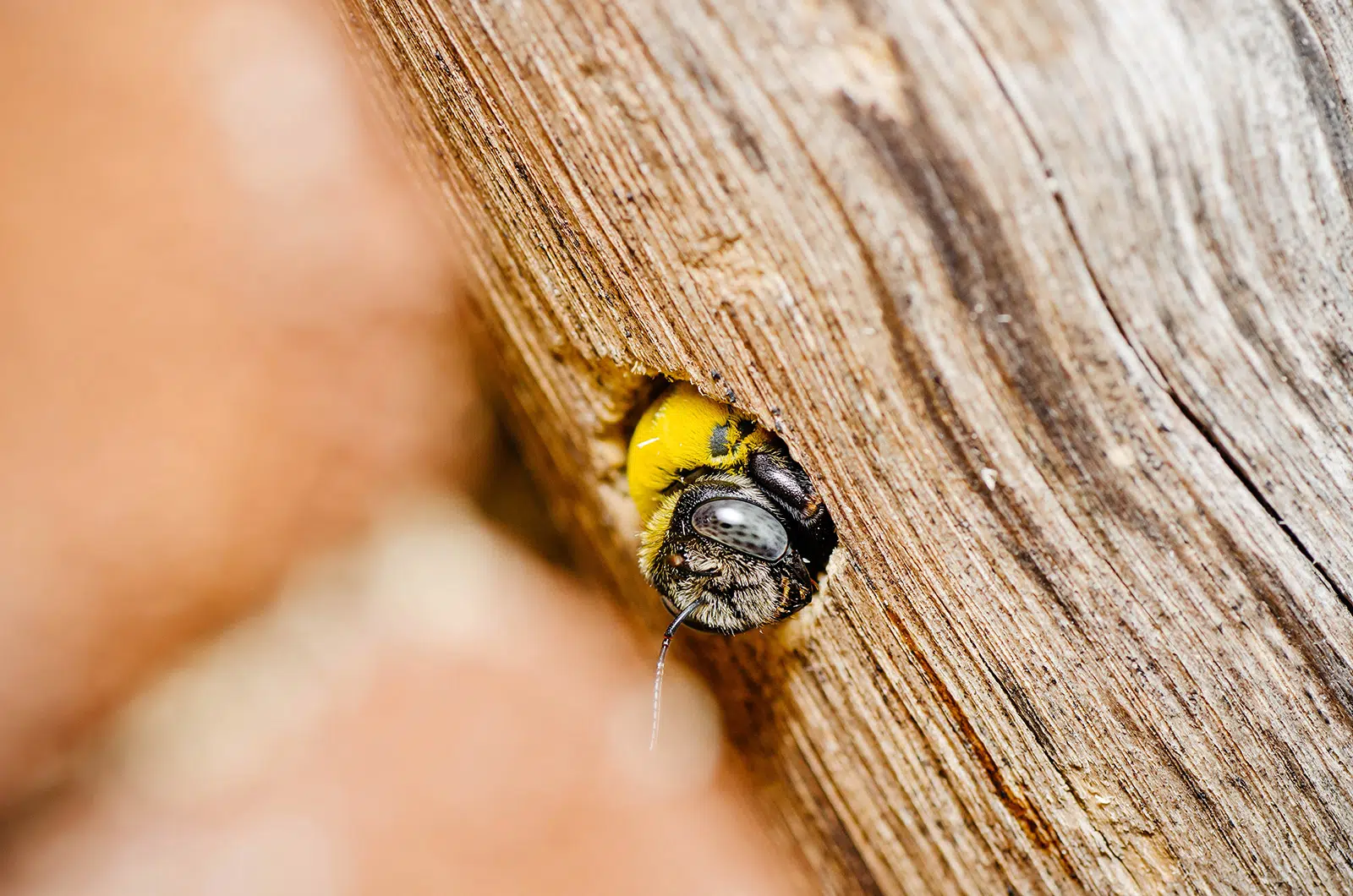
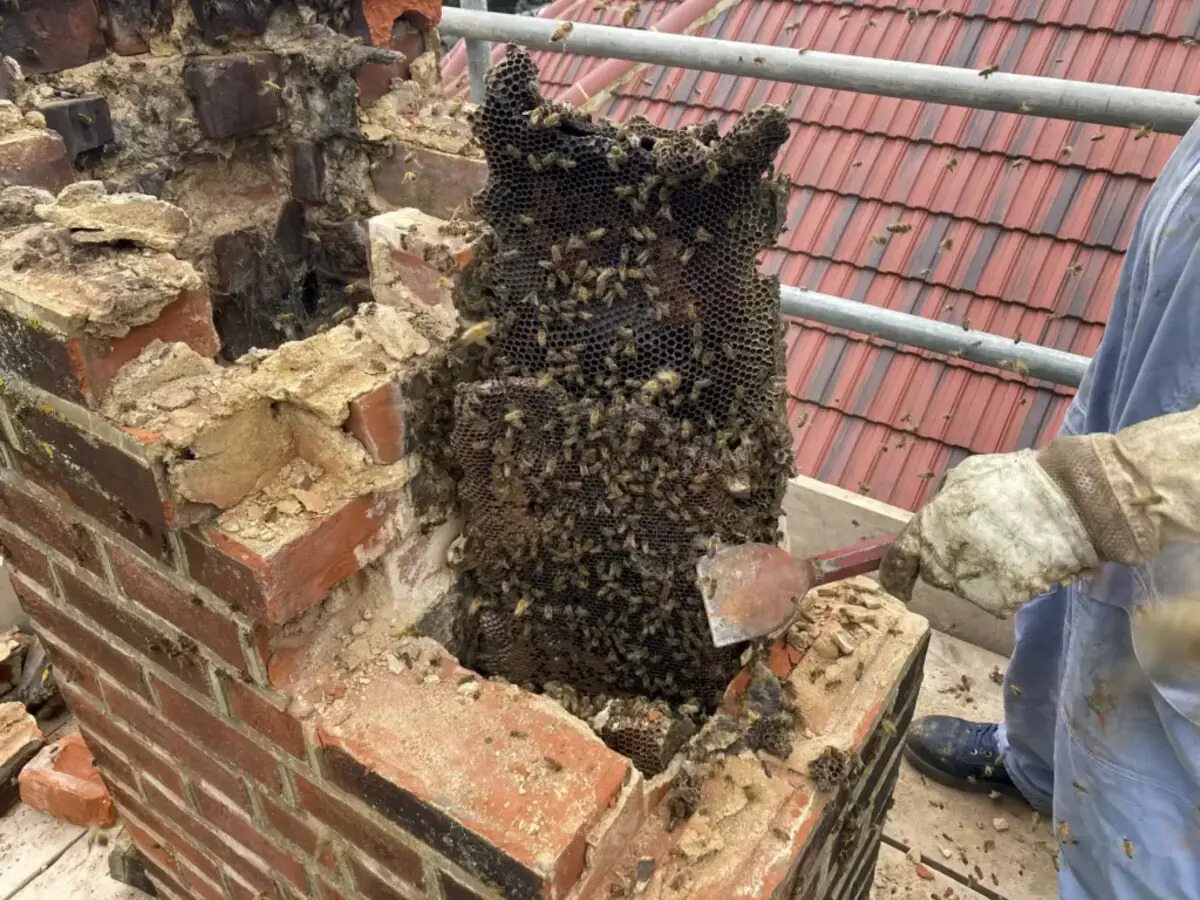
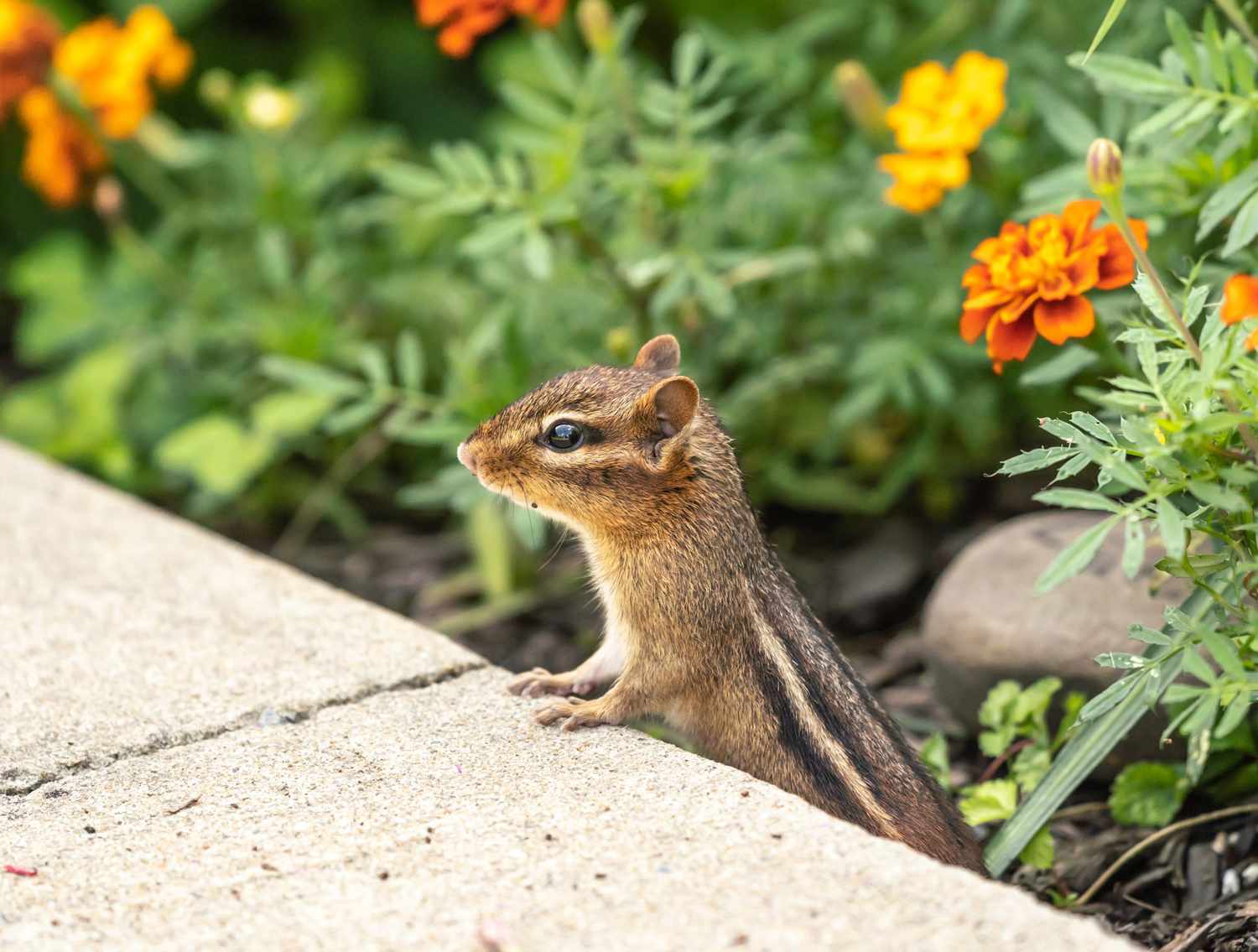
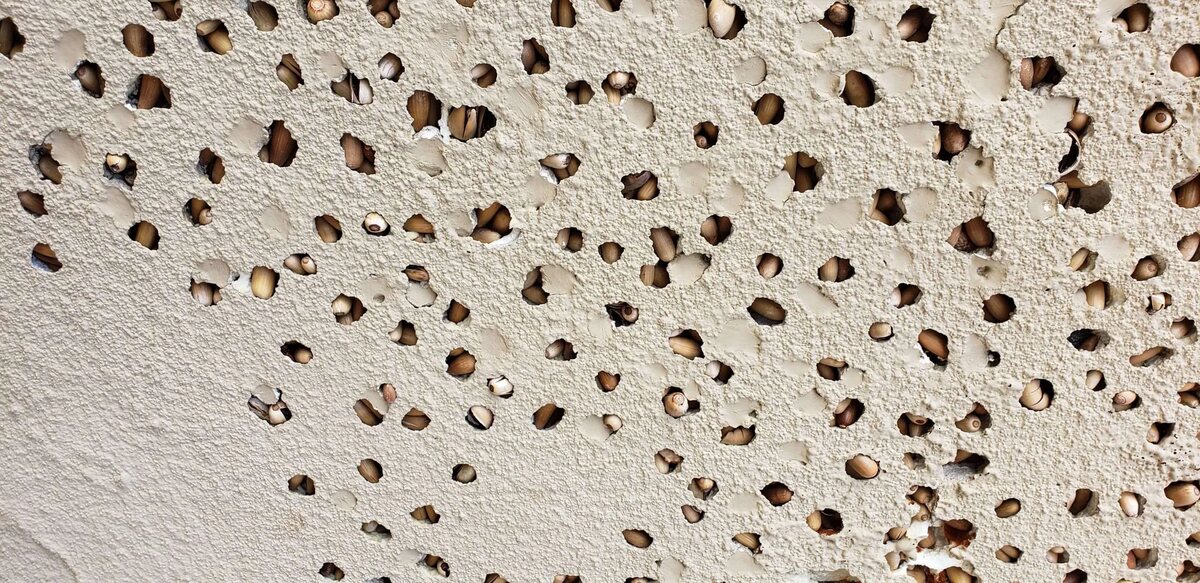
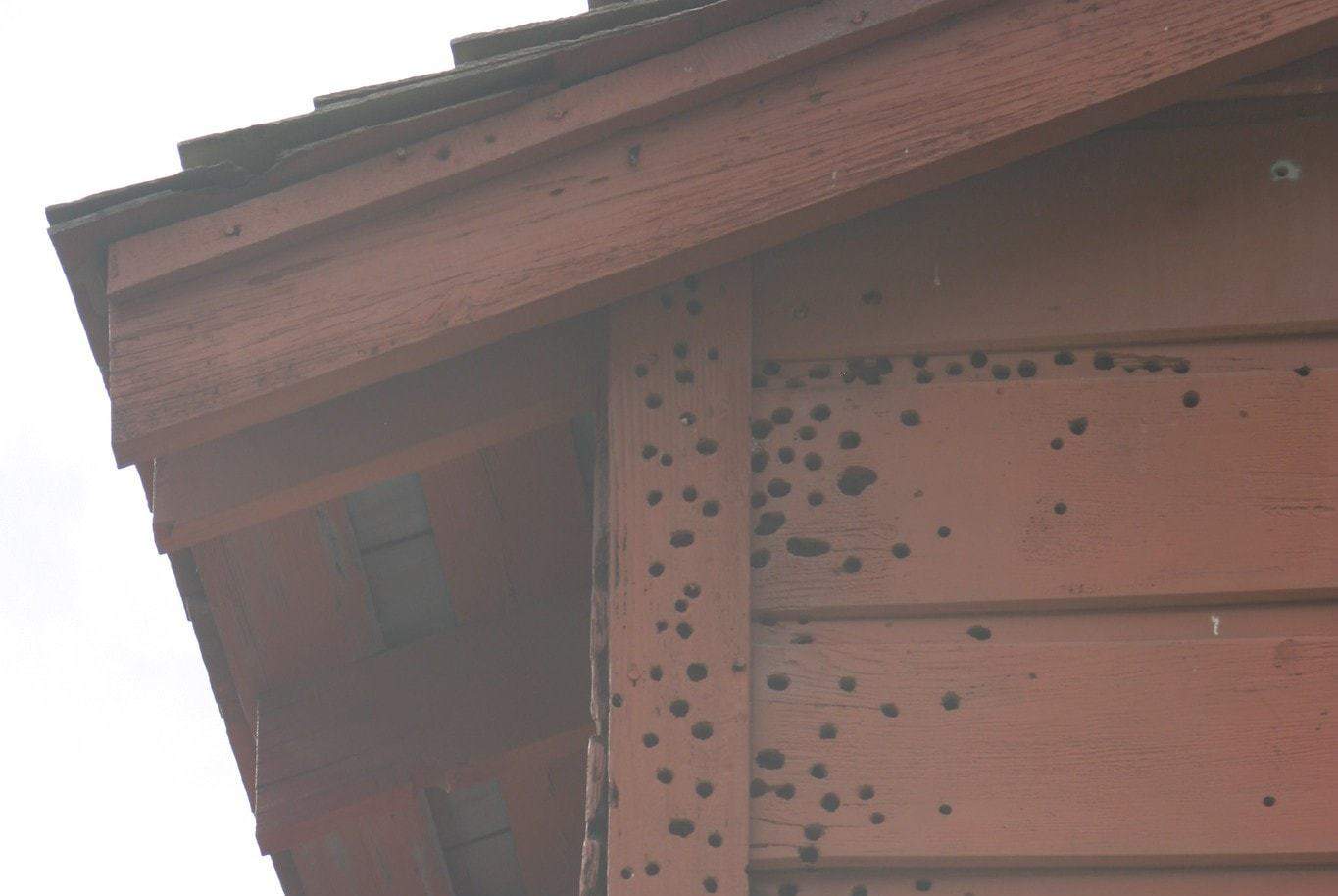
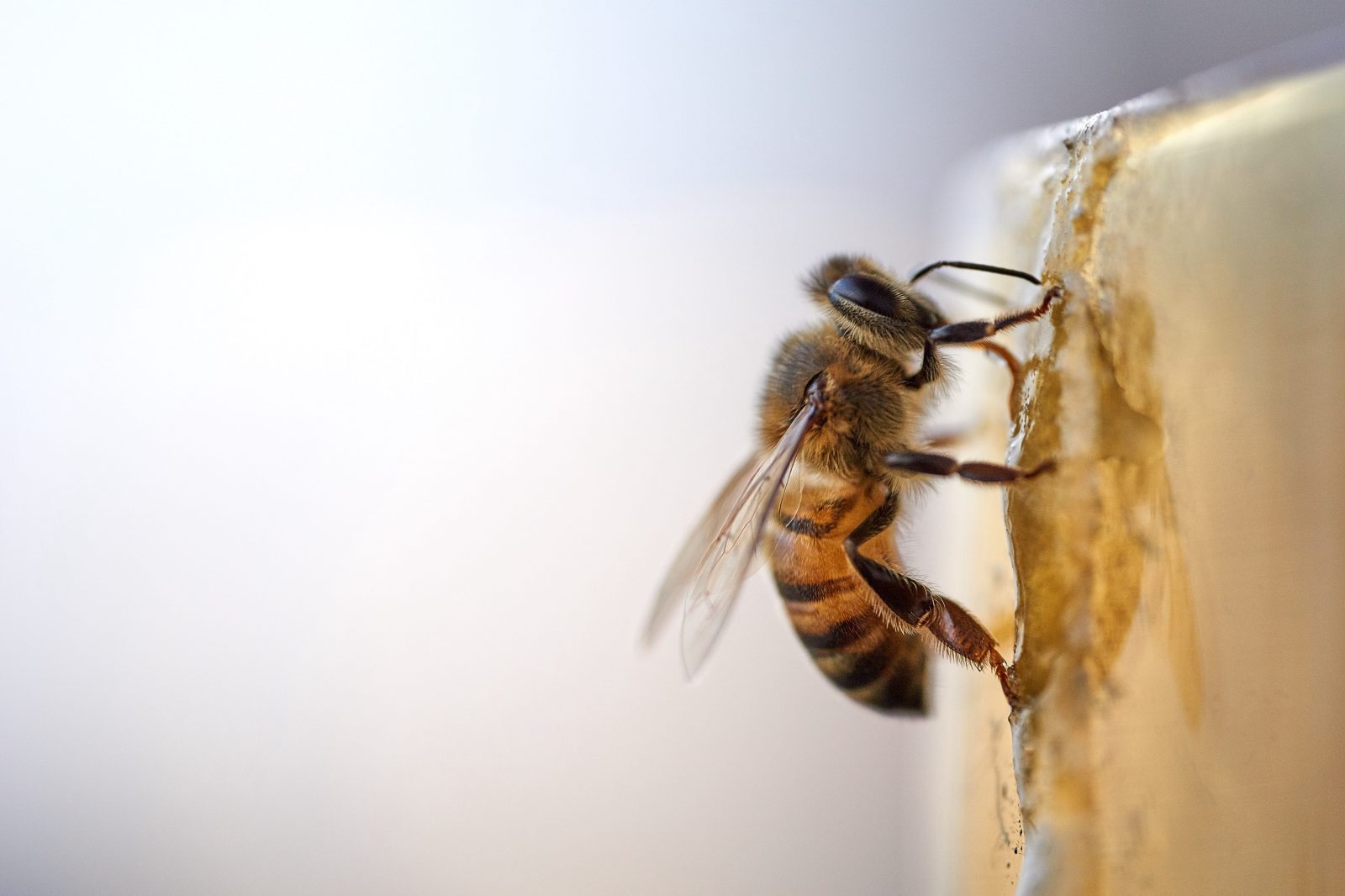
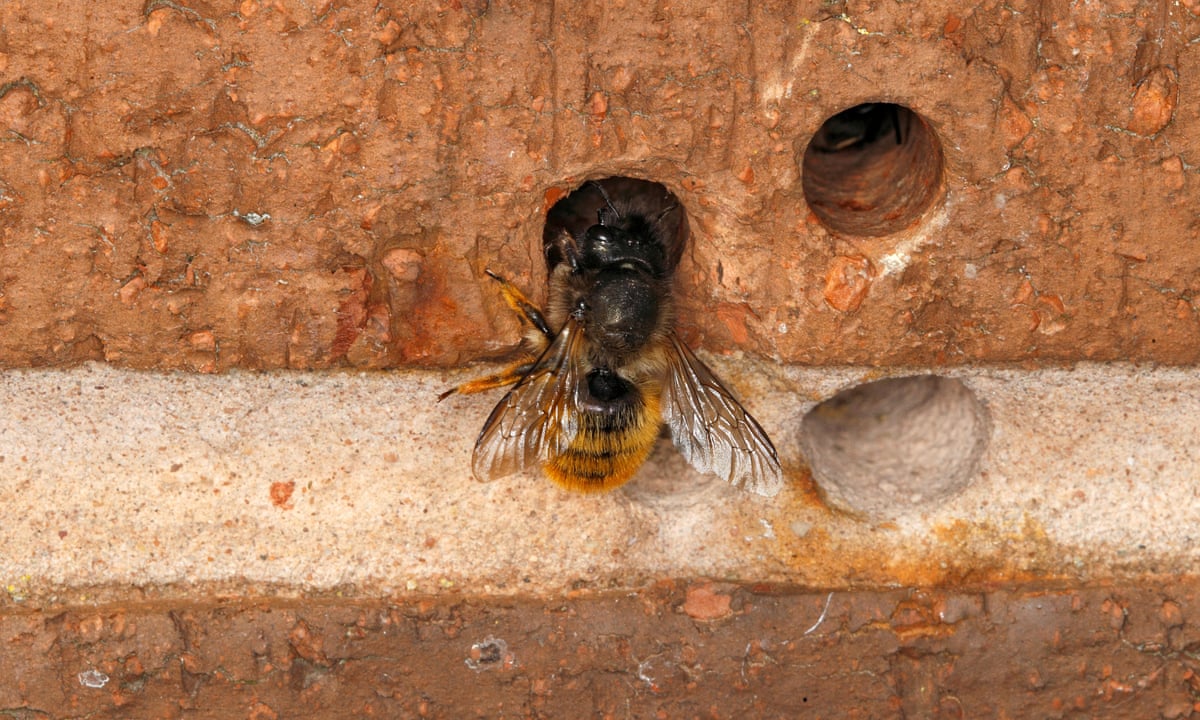
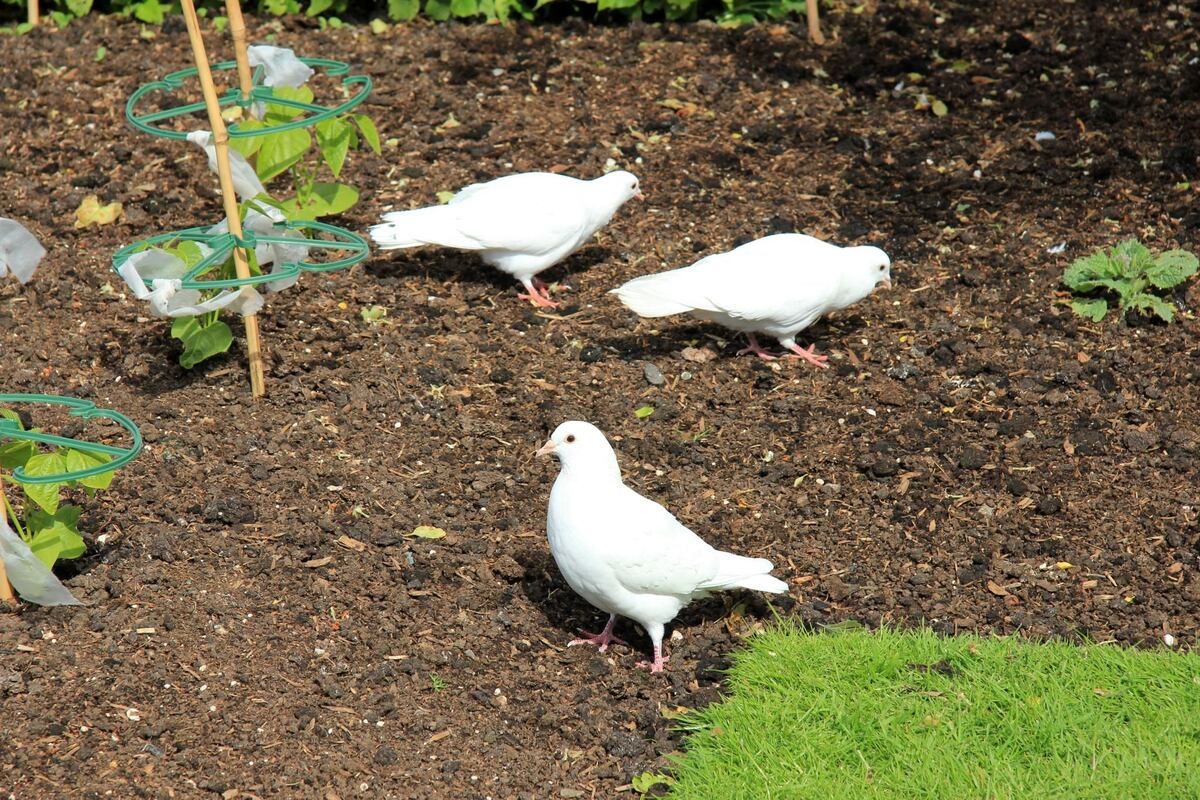
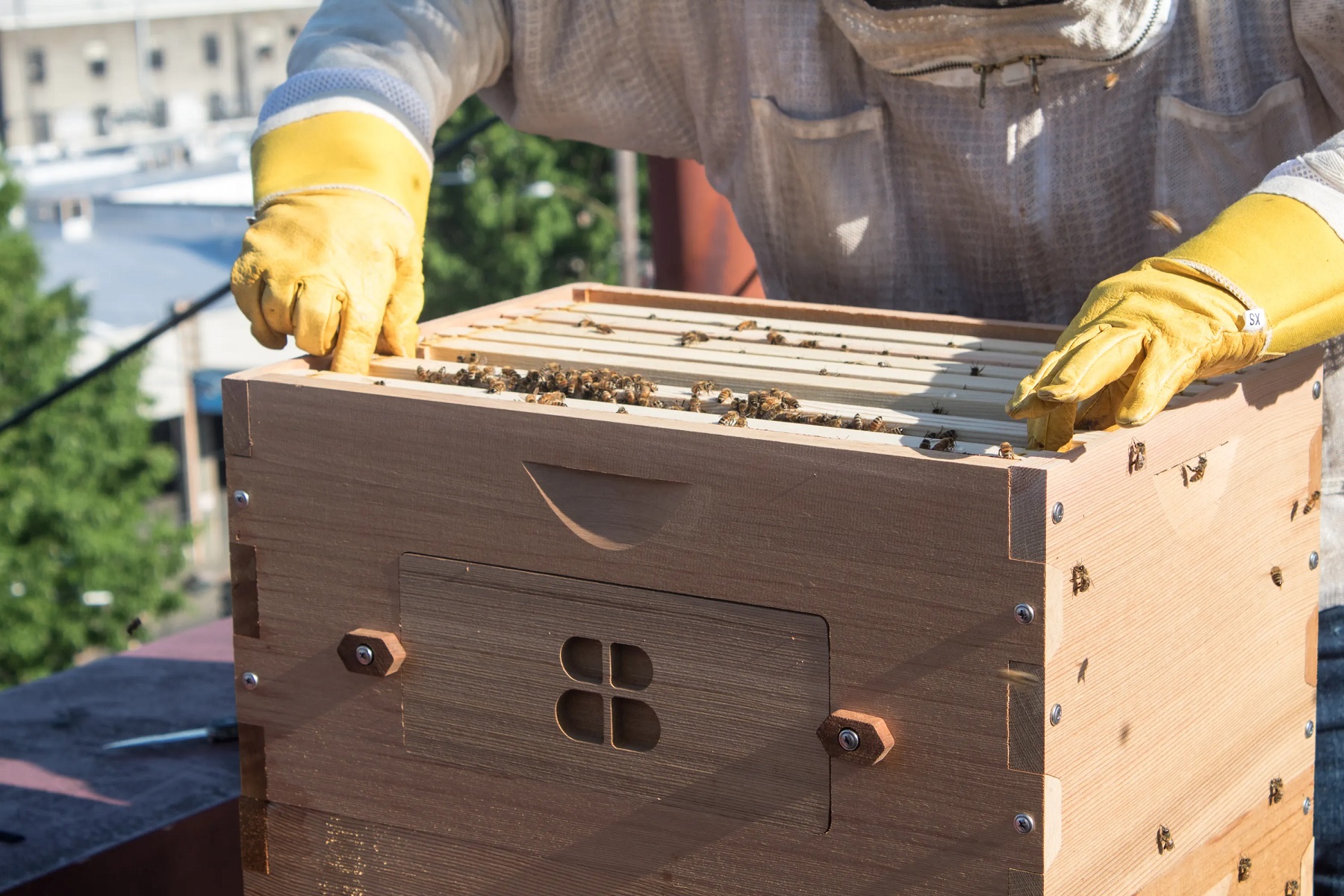
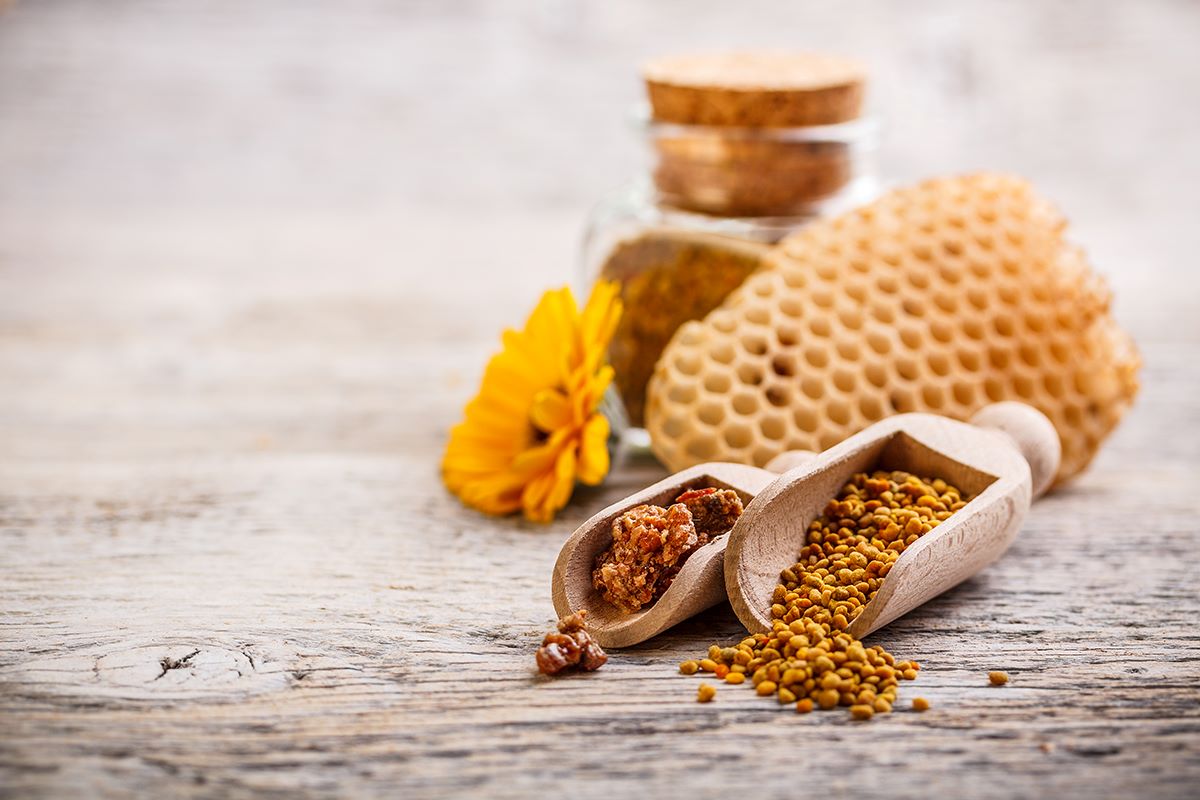


0 thoughts on “How To Deter Bees From A Patio”